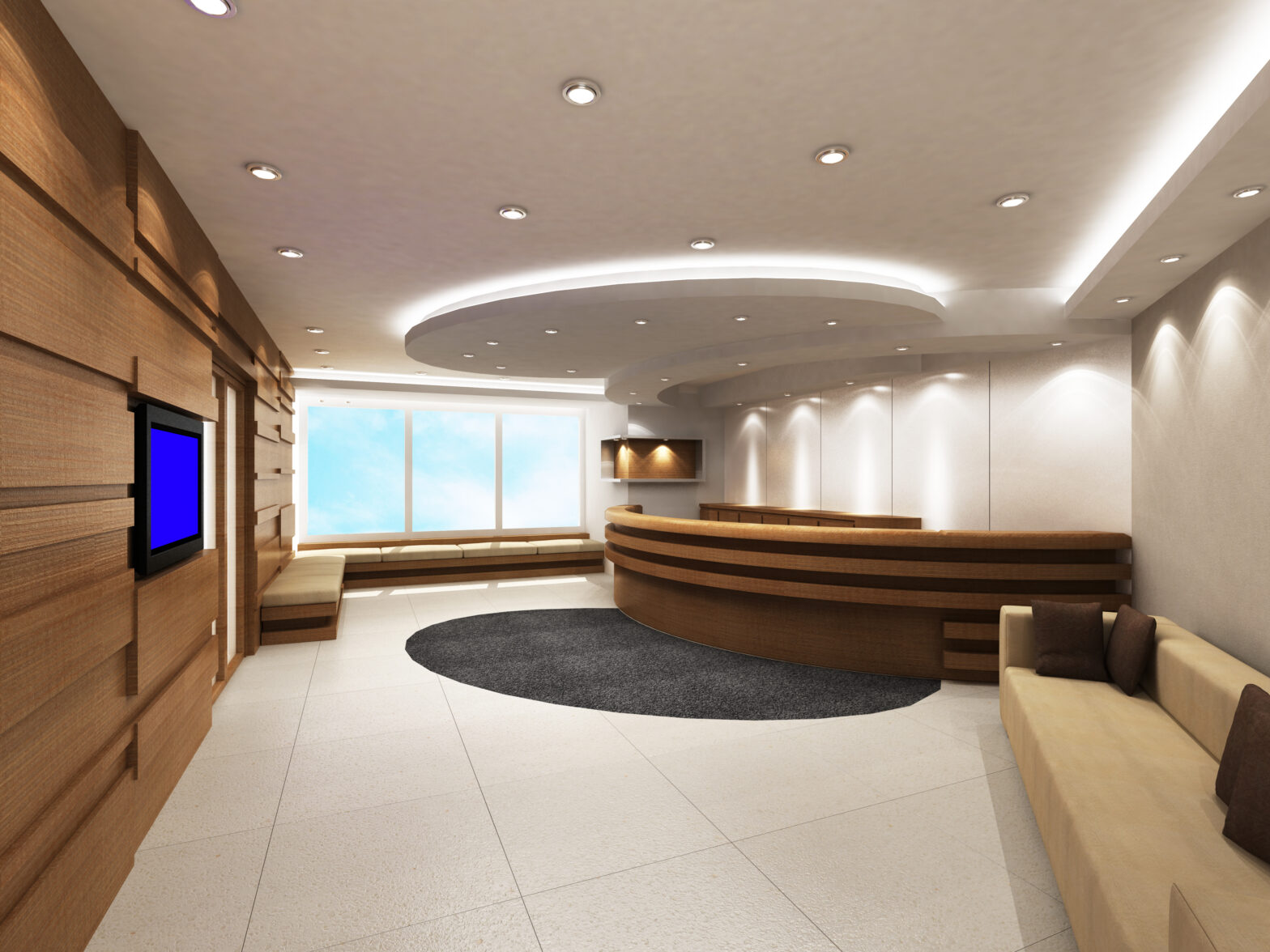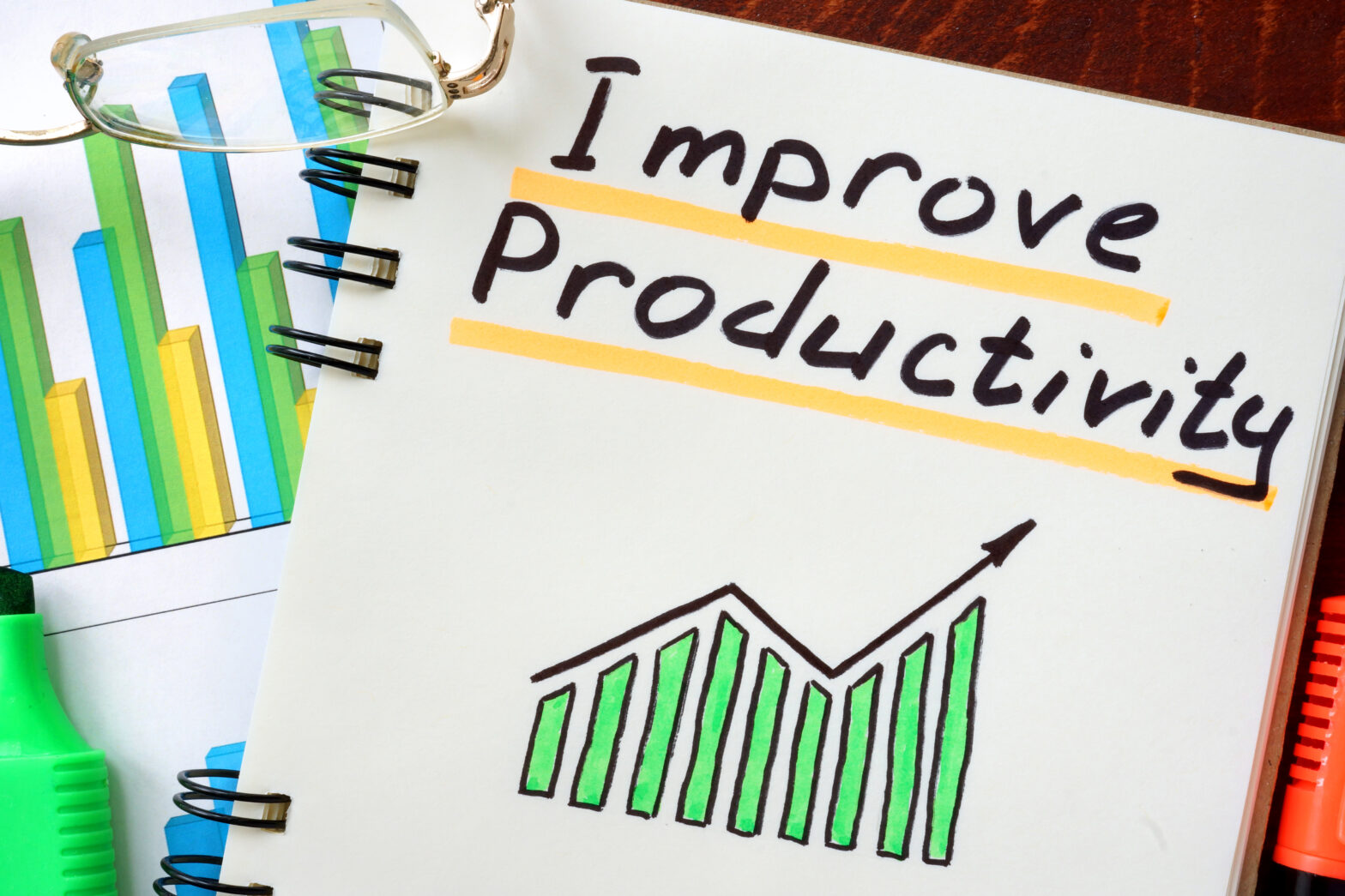Inadequate workplace lighting can impact mood, emotions and also result in health problems according to research undertaken by LUX365.
The UK’s 32 million-strong labour-force, works an average of 30.5 hours per week. Statistics show that between 2015 and 2016, 26 million days were lost due to self-reported, workplace related illness – an average of 16 days suffering per person.
UK productivity has fallen in every quarter since before the global financial crisis. The first half of 2017 was no different, and the reduction of daylight hours in the second half is expected to result in a further drop. On Sunday 29th October, the UK moves to daylight saving time and the workforce will have an even greater reliance on artificial lighting.
Billy Knight, CEO of LUX365 says, ‘When people don’t have a strong, regular light source, the body’s ability to regulate the body clock fails, which can result in symptoms of lighting deficiency. When natural sunlight isn’t an option, the constant light output provided by LEDs can be used to replicate the benefits of daylight.’
Studies show that exposure to bright light can induce alertness and vitality during regular office hours and provide a livelier, less tense and more pleasant environment to work in, while blue lighting stimulates production of hormones responsible for alertness and activity.
One in five people in the UK are on the SAD spectrum exhibiting symptoms such as depression, agitation and sleep deprivation which have been shown to reduce when treated with high levels of light. Giving control back to workers in open plan offices by providing a local level of control increases job satisfaction and decreases stress levels.
Related: Employee health issues misunderstood by businesses
Gerry Howley, managing director of Brillianz International, says, ‘We recently installed custom LED lighting at multiple sites for a client and the feedback has been amazing. As a company they were thrilled to see a reduction in energy and maintenance costs, approximately 58 per cent of their previous annual bill. However, it’s the impact on staff that has been outstanding. Morale has significantly improved as has productivity and attendance. One employee told me that the improved lighting felt like an investment in the team and made it so much easier to do the job.
‘By engaging in careful discussions on design with LUX365 and by considering the environment and employee needs, we made sure we’d identified the optimum mix of lighting. Now not only have we exceeded the client’s expectations, but repeat business in another location is now likely.’
Knight continues, “LEDs have an accepted role in workplace efficiency, but few are aware of how lighting design can positively impact workplace wellbeing and productivity. However, we’re increasingly seeing smart employers invest in lighting as a way to improve health, boost productivity and also save on operational costs.”





